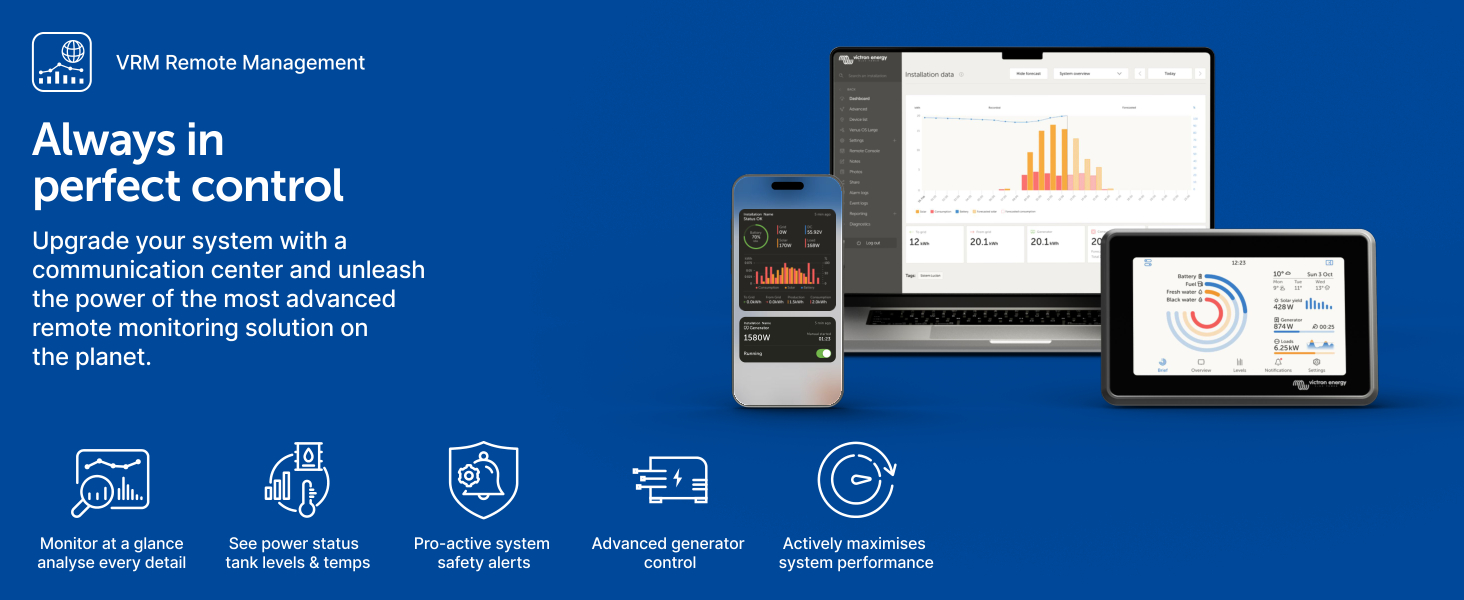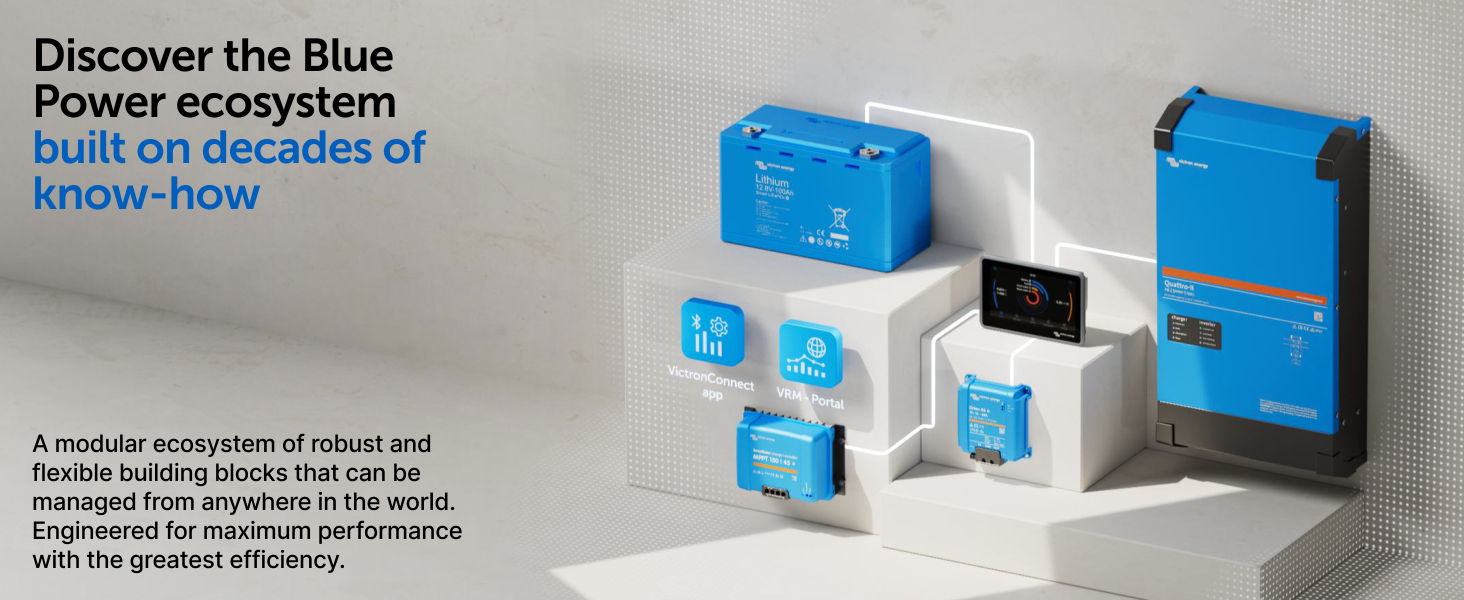










🔆 Charge smarter, live greener — never miss a watt!
The Victron Energy SmartSolar MPPT 75V 15A Bluetooth Charge Controller optimizes solar energy harvesting with advanced MPPT technology, supports synchronized multi-controller setups, and offers seamless Bluetooth monitoring via the VictronConnect app. Designed for 12/24V systems, it ensures maximum power output, battery longevity, and intelligent load management in a compact, user-friendly package.






| Item Weight | 0.53 Kilograms |
| Display Type | LED or minimal display |
| UPC | 703774384979 |
| Manufacturer | Victron Energy |
| Item Package Dimensions L x W x H | 6.57 x 5.79 x 1.89 inches |
| Package Weight | 0.62 Kilograms |
| Item Dimensions LxWxH | 8.27 x 5.91 x 1.97 inches |
| Brand Name | Victron Energy |
| Warranty Description | Warranty |
| Model Name | Victron Energy SmartSolar MPPT 75V 15 amp 12/24-Volt Solar Charge Controller (Bluetooth) |
| Suggested Users | unisex-adult |
| Number of Items | 1 |
| Part Number | SCC075015060R |
| Style | 75V, 15A |
| Included Components | Victron Energy SmartSolar MPPT 75V 15 amp 12/24-Volt Solar Charge Controller (Bluetooth) |
| Size | 75V 15A |
TrustPilot
4天前
1 个月前